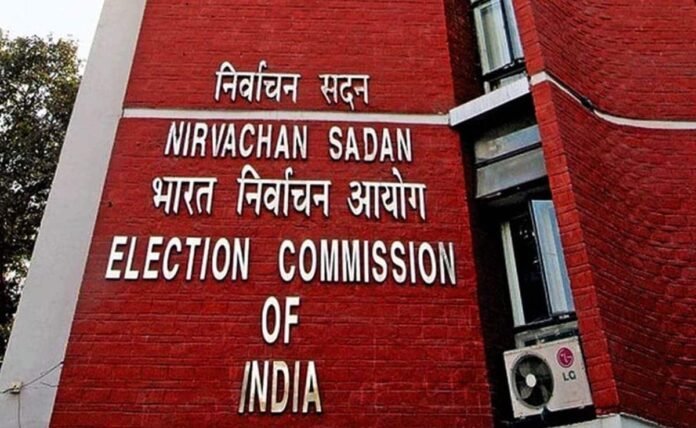In a significant move, the Election Commission of India (EC) has restored its earlier procedure of counting postal ballots before tallying Electronic Voting Machines (EVMs). The decision follows sustained pressure from opposition parties, who argued that reversing the order of counting risked undermining transparency and fairness in the electoral process.
Background of the Rule
Traditionally, votes cast through postal ballots—used by service personnel, senior citizens, and certain other categories—were counted first. This practice ensured that every segment of the electorate was represented from the outset of the counting process. However, a recent EC guideline had suggested tallying EVM results alongside or even before postal ballots, sparking criticism from opposition parties who feared it could affect the perception of results in close contests.
Opposition’s Concerns
Opposition parties, cutting across ideological lines, strongly objected to the revised procedure. They argued that:
-
Transparency would be compromised if EVM tallies were declared before postal ballots, especially in constituencies with narrow victory margins.
-
Postal ballots often reflect different voting patterns, particularly among service voters, and could decisively influence outcomes.
-
Premature EVM results could create momentum in favor of one candidate, reducing the credibility of subsequent postal ballot additions.
EC’s Restoration of the Old Practice
By restoring the old rule, the Election Commission has reassured political parties that postal ballots will be counted and recorded first, followed by EVM tallies. This sequencing not only upholds transparency but also addresses long-standing demands from opposition groups who view postal ballot voters as a vital segment of the democratic process.
Why Postal Ballots Matter
Postal ballots, though numerically smaller compared to EVM votes, play a crucial role in India’s elections:
-
They can decide outcomes in closely fought constituencies, especially where margins are slim.
-
They represent groups such as armed forces, paramilitary personnel, senior citizens above 85 years, and persons with disabilities, ensuring inclusivity.
-
Counting them first underlines the equal weight of every citizen’s vote, regardless of the method of casting it.
Implications of the Decision
-
Strengthened Trust in EC: The rollback could restore some faith in the Election Commission’s impartiality, which has been questioned by opposition parties in recent years.
-
Boost for Opposition Unity: The decision reflects the effectiveness of a coordinated push by multiple opposition groups, signaling stronger checks on electoral institutions.
-
Clearer Electoral Narratives: By avoiding premature leads from EVMs, the final outcome will reflect the true cumulative mandate rather than be shaped by early trends.
Conclusion
The Election Commission’s decision to reinstate the old procedure of counting postal ballots before EVM tallies represents a victory for electoral transparency and fairness. While the debate over EVM reliability and counting procedures may continue, this development underscores the importance of inclusivity and trust in India’s democratic framework. As the nation gears up for upcoming elections, this rule ensures that the voices of every segment of society are acknowledged from the very first count.



